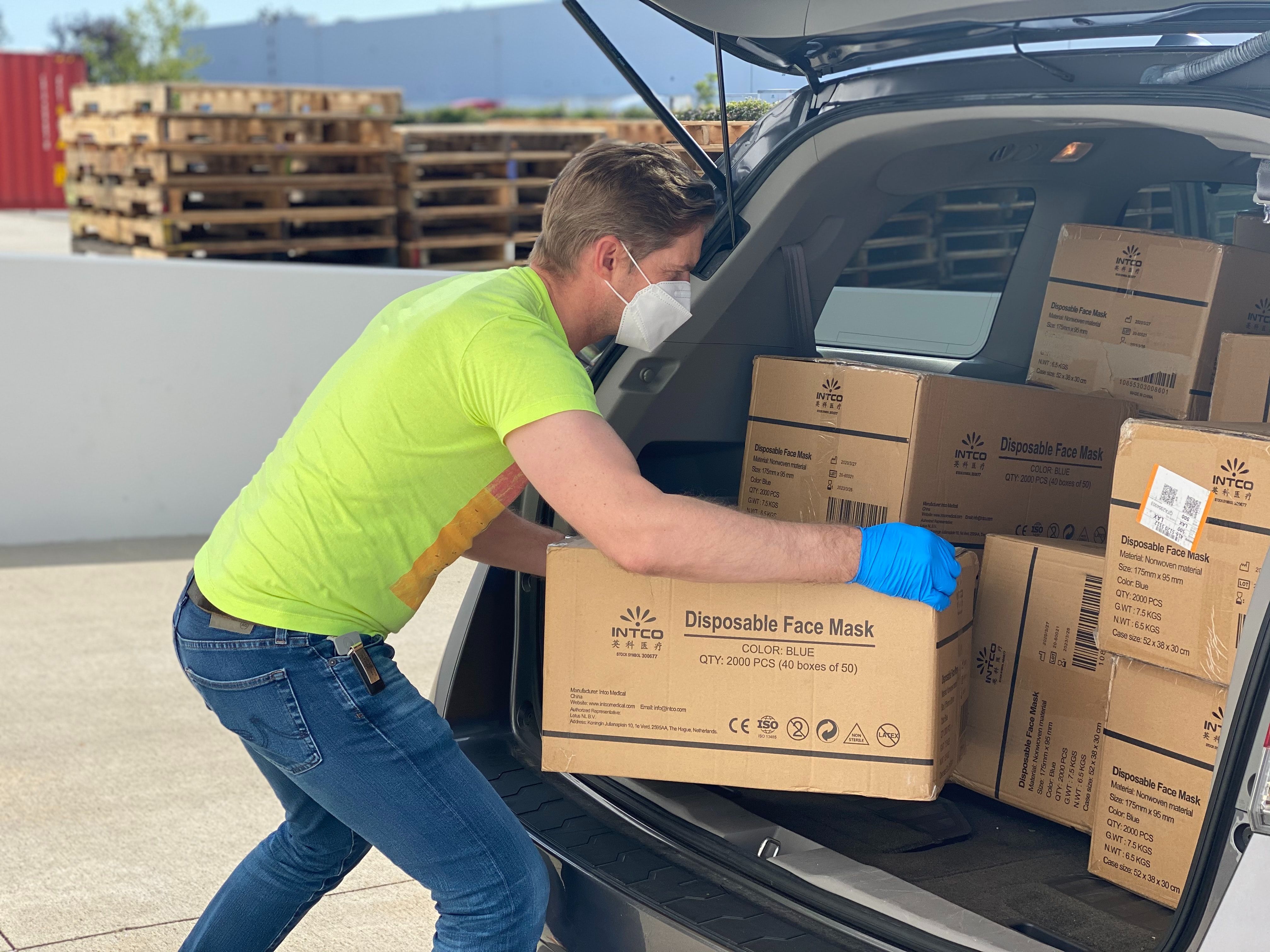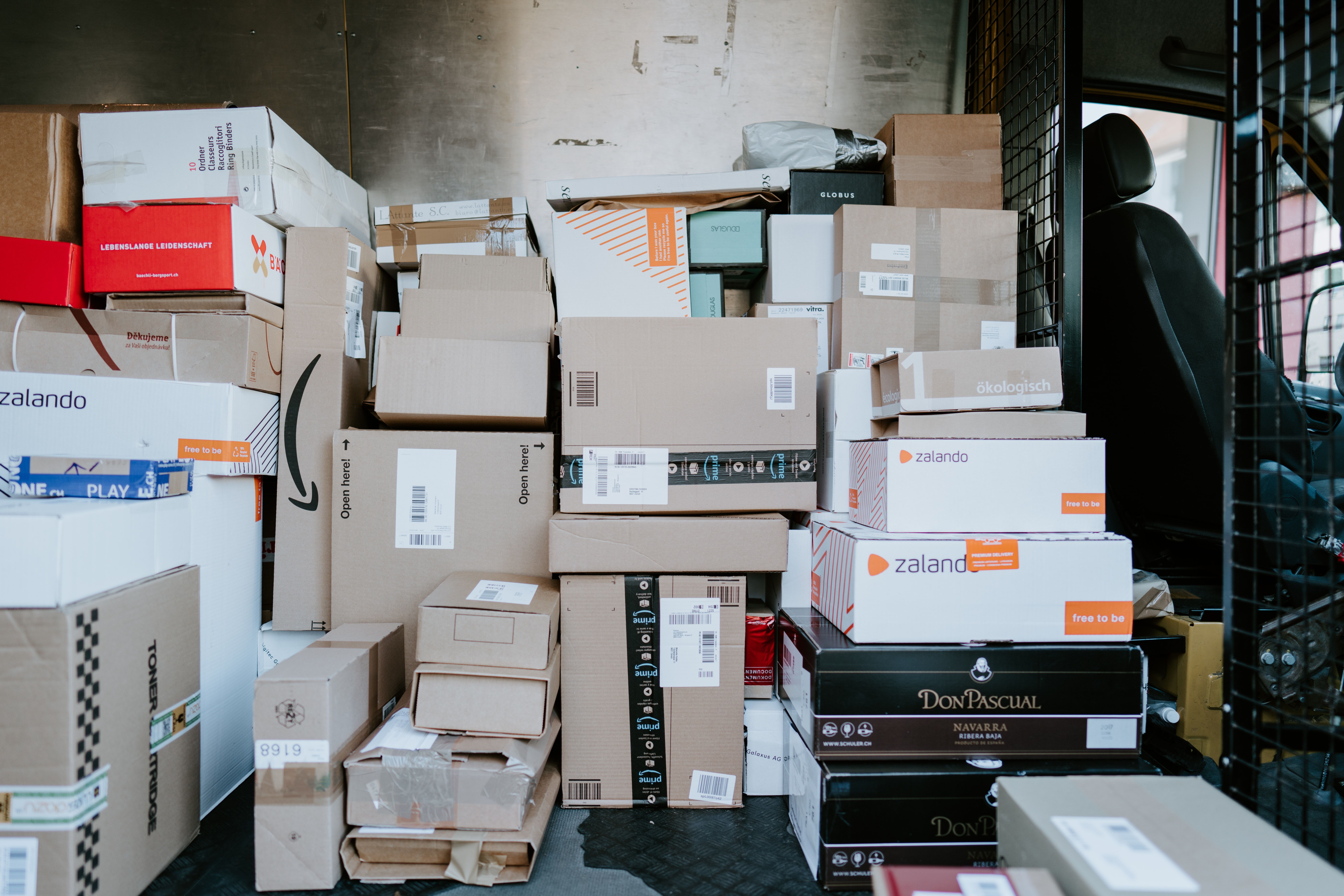All About Shipping Accuracy + The Best Tips on Accurate Delivery
The global logistics industry is continually evolving, and time-sensitive shipping is in high demand worldwide. Shippers and clients benefit from today's technologies. Accuracy improves when such technologies are used to track shipment locations and estimated delivery times. This article explores how organizations may improve their shipping accuracy and delivery processes by using technology.
Babak Heydari
March 6, 2022
What is Shipping Accuracy
Each package requires careful handling to ensure safe and timely delivery in the shipping industry. However, some shipments require special attention, particularly in an emergency or difficult situation. Time-sensitive shipments need guaranteed delivery. Commodities and parcels should be delivered as soon as possible. Human organs, automobile parts, perishables, and vital corporate records are the most common targets in this area. When a company decides to move particular commodities as quickly as possible, it must also decide on the best modes of transportation. It is critical to figure out what you need in location and size. Also, ensure that the shipment position is tracked and updated automatically using correct delivery methods. Customers should be aware of every element of the package at all times. For example, they receive information directly from businesses via emails, text messages, mobile apps, and a customer portal.
What are Accurate Delivery Systems, and How Do They Work?
Shipping businesses eliminate any guessing by using specialized accurate delivery systems and precise delivery methods. However, accuracy is critical when there is no room for shipping errors and deadlines look impossible to reach. Accuracy is also critical in situations when logistics are complicated. Shipping accuracy ensures that deliveries are on time and any potential delays are avoided. When automobile components do not arrive on schedule, downtime can result in high costs for a company. Human organs, in particular, must get to their destination on time, especially if a life is at stake. Some businesses may face delays and losses if they do not have the required documents. For this reason, shipping companies require time-critical software to ensure that their operations run smoothly.
The Difference between Shipping and Delivery
Customers looking forward to a quick delivery time may get dissatisfied with the company if their things arrive days or weeks later. It goes a long way here if they know the distinction between shipping and delivery concepts. The packing and dispatching of small objects sent via the postal service are shipment or shipping. The shipping timeline is frequently displayed when customers place an order. The shipment timeline refers to the number of working days for warehouse workers to send a product from the company's location, and shipping costs may vary. It also refers to the day a package or shipment departs from the warehouse. The expected date that more big items will be sent to the consumer from the distribution facility is delivery. It also refers to when the package will be delivered to the consumer. Shipping refers to when a product leaves the warehouse, and delivery refers to when a shipment arrives at the customer's location. The terms are frequently misunderstood; however, this can be avoided by specifying shipping and delivery dates separately. This way, customers better know what each phrase means and how long it takes their product to arrive. Companies may simplify this procedure by sending their shipping and delivery tracking information via email. The shipment date informs final clients that the product has left the relevant warehouse, whereas the delivery date informs them when they can anticipate their order. Initially, shipping was referred to as dispatching, while delivery was referred to as distribution. The proper terminology helps customers understand what they mean and how it works.

How Can Order Shipping Accuracy Be Improved?
When orders are incorrect, operations waste resources, including time and money, to rectify the situation for the client. Low shipping accuracy can damage an order fulfillment operations' reputation in a company and decrease consumer trust. This makes it more challenging to keep current customers and attract new ones. Customers want to receive the intended item when they order it. They go elsewhere if they cannot trust the company to meet those essential requirements. If a corporation is in the business of fulfilling orders, it must become proficient at it. It ensures that order accuracy, as assessed by the Perfect Order Percentage, meets end customer expectations. Assume you are looking for strategies to enhance order accuracy while cutting costs. This series of actionable recommendations assist you in increasing client satisfaction with your company. The following are the most significant recommendations for increasing order and shipping accuracy for organizations using precise delivery systems.
Track Shipping Accuracy Rates
The first step in enhancing shipping accuracy is to track the statistics. After all, you cannot enhance something if you do not know where it is and have no exact information about it. If you have not been keeping track of order accuracy, it is suggested to do so for a few months. This way, you understand where the business is now and whether order accuracy should be prioritized. The following criteria help you decide whether to focus on improving shipping accuracy or another area to get a more significant return. If order accuracy is less than 85.7 percent, there is a lot of space for improvement. So it is better to focus your resources and energy on raising the rates. If it is between 85.7 to 95 percent, the operation is at a competitive disadvantage. It is suggested to work on your operations to benefit from higher rates. Its accuracy rating is between 95 to 98 percent; it is standard compared to the competitors. Improvements can make operations stand out, but they have no big impact. Finally, if your shipping accuracy is over 98 percent, there is still a little room to improve customer satisfaction and profitability to reach the 100 percent benchmark! It is worth noting that a 3 percent rise in flawless order percentage results in about a 1 percent increase in earnings.
Assess Transporting Process
Before making any changes to the process, it is essential to understand how the staff picks and packs the orders. The ultimate goal is to document and fix any voids that may lead conscientious employees to make warehouse shipping mistakes to complete their tasks. From temporary workers to full-time operators and even managers, workers should be interviewed on how they perform their jobs. It is incredible how often one-step procedures are called for, but employees do something different because they know the intended procedures are out of order. These open discussions generate a list of concerns that may be addressed immediately to improve accuracy rates.
Post Shipping Errors Rate
Consider publishing shipping errors and throughput rates for staff to see if there is substantial potential for improvement after measuring accuracy rates. For example, warehouse shipping mistakes rates can be posted to see how underperforming groups or individuals compare to their peers and get incentives to improve. The report is often generated by using WES (Warehouse Execution System), WCS (Warehouse Control System), or WMS (Warehouse Management System). You may post them anonymously or with ID numbers if morale is a problem. They can also show employee throughput rankings. People want to be the best at their job, and doing so gives them more satisfaction. Displaying real-time picking rates encourages competitiveness and establishes a benchmark for others to strive for.

Reward Employees to Improve Rates
Many workers can perform better when they get rewarded, so think about innovative ways to motivate employees to increase rates for incentives and rewards. Offering bonuses to employees who meet objectives is very successful in both online and offline businesses. These rewards could be in the form of cash or check, a company event, or the form of vacation days. Even a gift card to a nice restaurant can be a great motive for changes because the staff tries their best to improve rates and get rewarded.
Weigh for Shipping Accuracy
Finding out how heavy orders are, is a quick and straightforward technique for making sure about shipping accuracy. The software can determine which orders should be checked based on their components. You can combine the software with a weight scale and assess each order before shipping to make sure all orders are exactly correct. Even if some orders are verified based on weight, the volume and load on checkers and quality control associates are reduced. This process decreases effort and expenses.

Make Document Insertion Automated
Many companies have staff with the responsibility to manually insert documents into the system. These documents consist of coupons, catalogs, instructions, and business manifests. However, it is probable to get mixed up with a task like this one and put the false documents in the wrong sequence. These shipping errors cause confusion in the warehouse, the store, and also for the final consumer. An automated document inserter system improves shipping accuracy by automating the low-value task of document insertion. It leaves employees with more time and energy to focus on more important responsibilities. Depending on the size of the operation, automation or optimization of many other processes may affect order accuracy rates. Technologies such as AS/RS (Automated Storage and Retrieval System) and AMRs (Autonomous Mobile Robot) can help minimize tiredness and sharpen the attention of the workforce. Similarly, adjusting the slotting strategy and inventory system helps ensure that everything is in order and makes picking easier, and improves shipment accuracy.
Consider Implementing Pick-to-Voice Systems
For order picking and processing, many fulfillment companies still use some form of paper-and-pencil checklists. Employees use a checklist to keep track of their orders as they pick them up. This approach operates for smaller operations; however, it frequently results in less precise orders. It is also less efficient than modern techniques in larger companies. When businesses convert their picking and inventory systems to more integrated forms of order processing, they see about a 25 percent increase in productivity and a 67 percent reduction in warehouse shipping mistakes rates. When these methods are combined with goods-to-person technology, accuracy rates increase even higher, resulting in a significant return on investment.
Use a Slotting Strategy
The procedure of organizing inventory in a warehouse or placing the products strategically depending on a variety of characteristics, also known as slotting, can result in considerable gains. Items can be categorized based on their velocity, size, affinity, or other characteristics that make sense for a particular operation within the warehouse. The slotting process improves shipping accuracy by reducing operator walking time, looking for SKUs in different warehouse regions, and making time for more important tasks.
Scan Orders for Shipping Accuracy
Orders are visually verified using sensors that peer into boxes of scanned items to identify each SKU. This technique is helpful in pick-to-sort operations. Orders on conveyor routes are checked for packaging and shipping. The suspected items are sent to quality checkers for human inspection. It permits human checkers to review fewer orders and reach a great shipping accuracy for each error they discover.
Make Pick Lists Simpler
If there are no plans to convert the pick system to a pick-to-light or pick-to-voice system, streamlining pick lists can help minimize warehouse shipping mistakes and enhance order accuracy. As staff complete orders, ask them if any portions of the select lists baffle them, and do everything to clear any confusion. It may affect one's capacity to do business on its own.
Use WES
Adding a Warehouse Execution System to a Warehouse Control System or Warehouse Management System helps increase shipping accuracy and decrease shipping errors by assisting with picking operations. A WES coordinates different zones to operate in a well-integrated way. It decreases productivity peaks and valleys one day at a time and keeps diverse zones operating at the same level.
Final Thoughts
An essential step in taking every business to the next level is improving shipping accuracy and minimizing warehouse shipping mistakes and shipping errors in order fulfillment procedures. Companies can maintain present circumstances and expand responsibly by better addressing customer needs. We at Routetitan assist you in gaining access to accurate delivery tools so that your fleet can regularly deliver on time. With real-time order data in the app, you can also minimize shipping problems caused by a lack of communication. Try our 14-days free trial to experience perfect shipping.
Stay connected